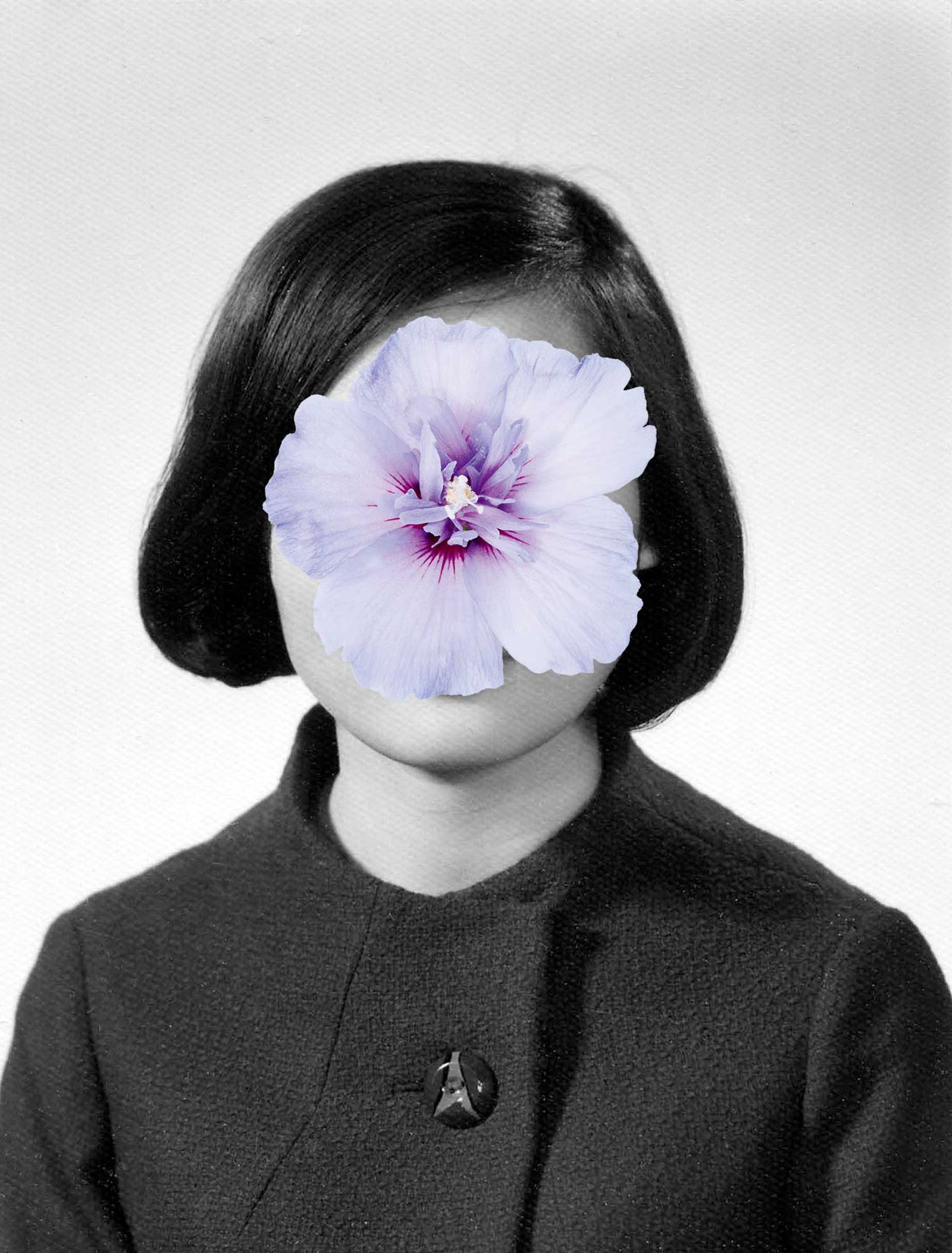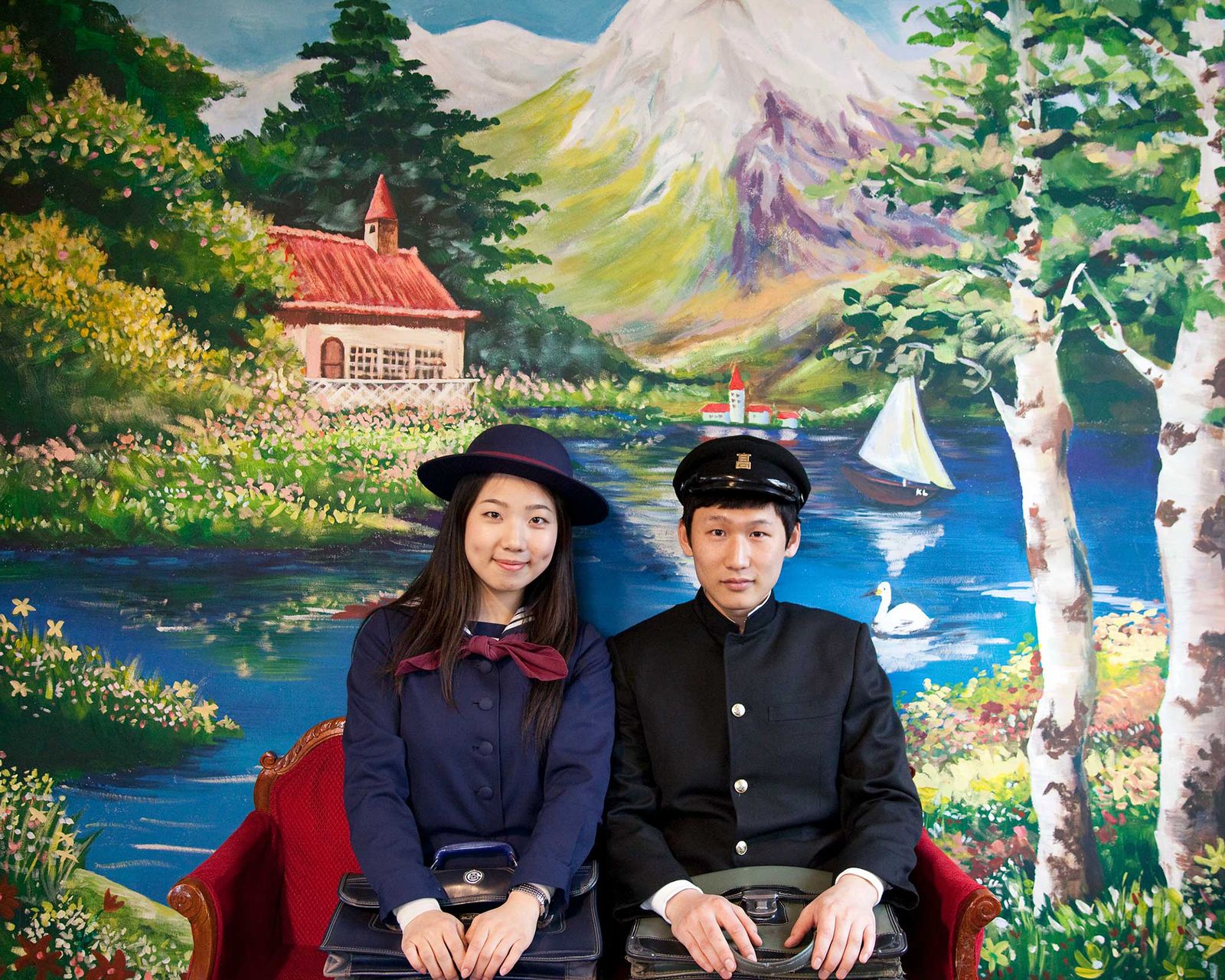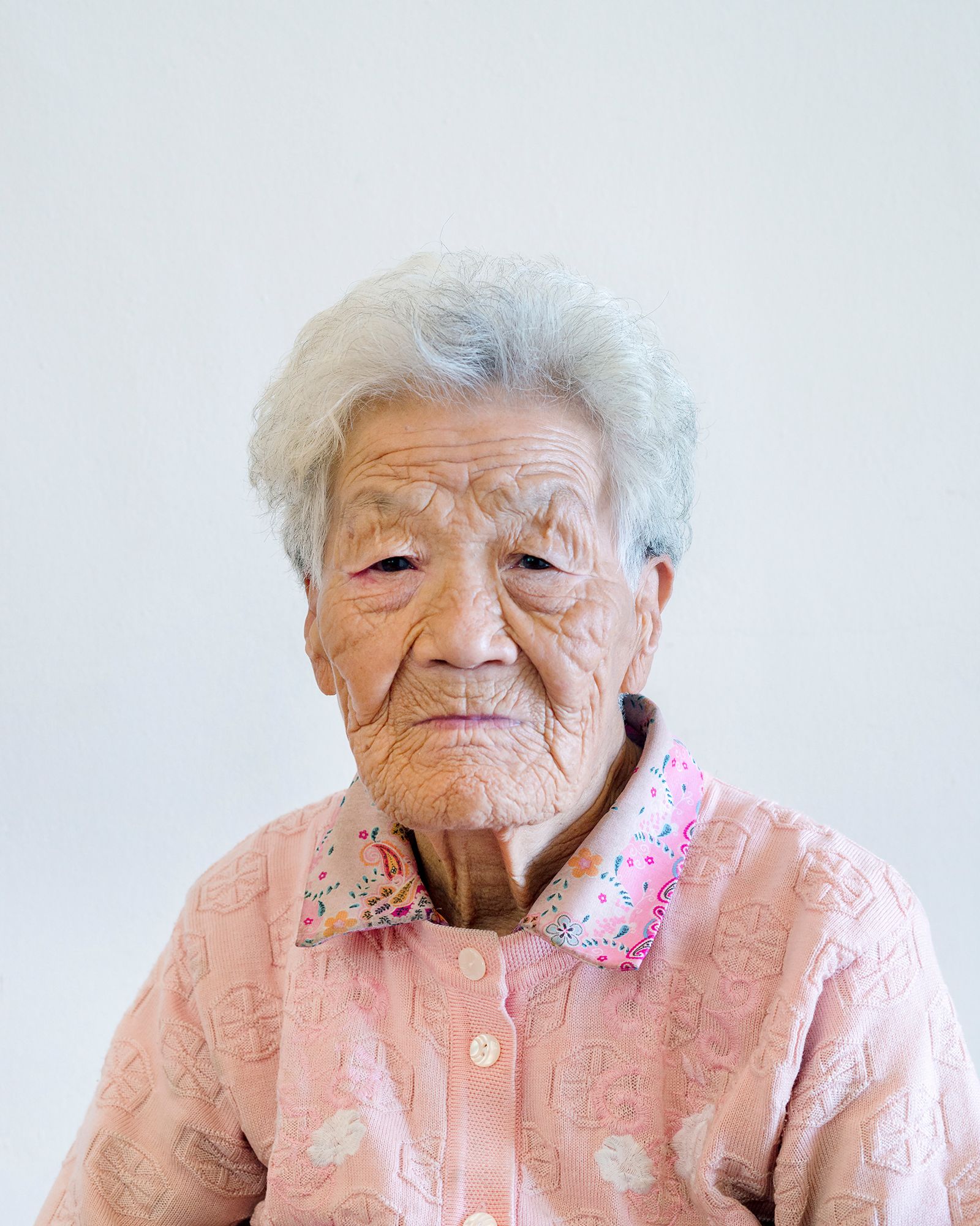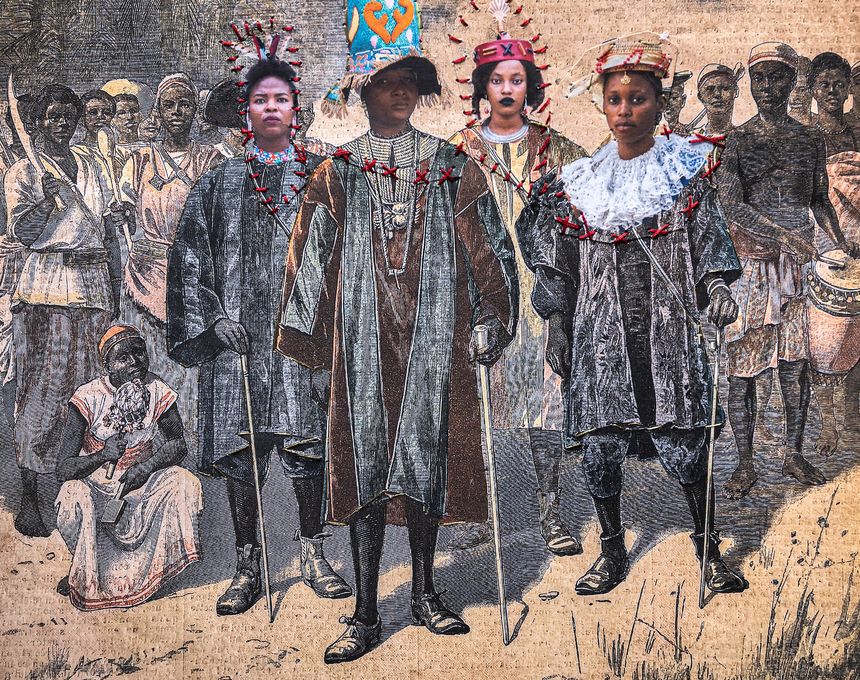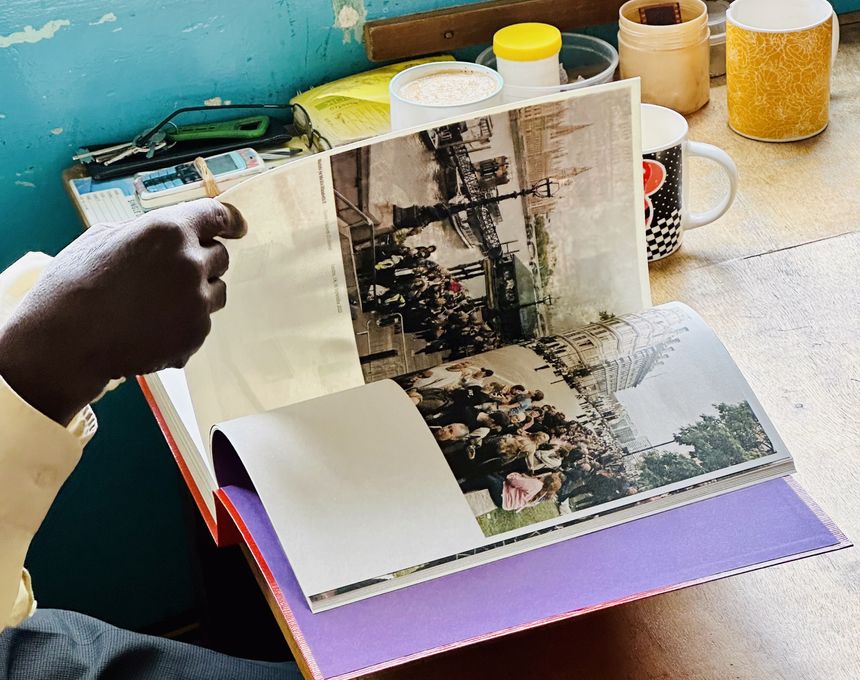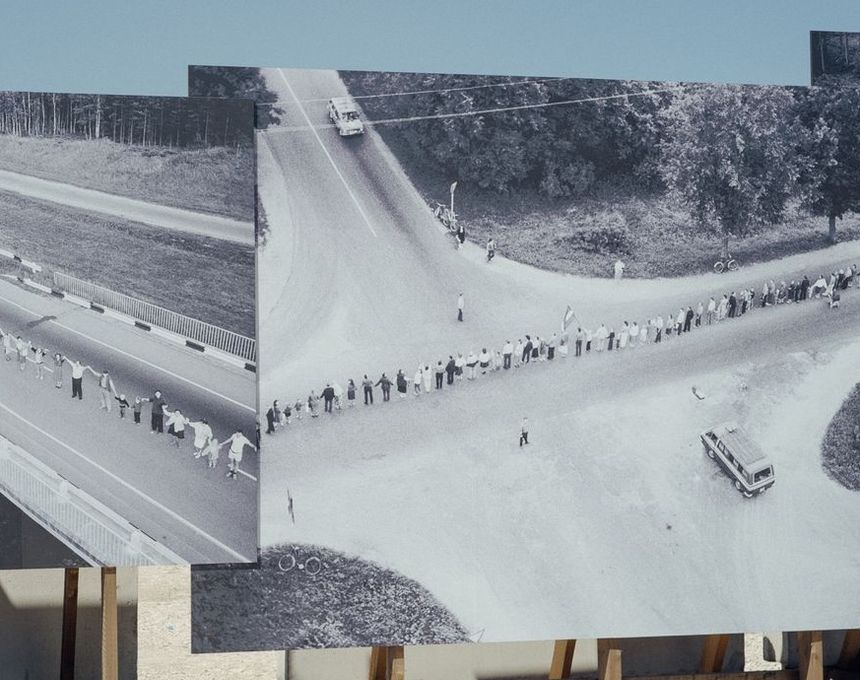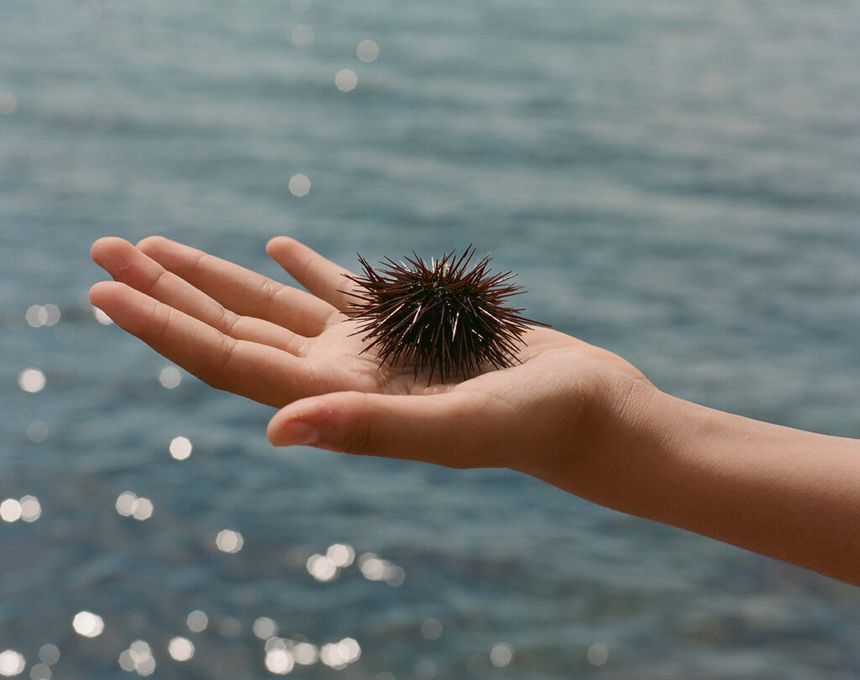A Photographer’s Quest to Explore Her Bicultural Identity
-
Published29 Mar 2019
-
Author
In a long-term project that combines archival material with personal photographs, Lee Grant looks to explore her dual heritage and how the merging of two cultures has shaped her experiences and perspectives of the world.
In a long-term project that combines archival material with personal photographs, Lee Grant looks to explore her dual heritage and how the merging of two cultures has shaped her experiences and perspectives of the world.
© Lee Grant, from the series The Korea Project. Women are flowers. A portrait of my Mother with the Korean national flower, Hibiscus syriacus.
Lee Grant grew up in Australia, daughter to an Australian father and a Korean mother. Her bi-racial identity is the trigger behind her ongoing series, conceived as an investigation of Korea’s complex history and its diaspora through the lens of her mother’s experience. And to navigate her theme, she divided the work into four different chapters – East, West, South and North.
In East and West, she reflects upon the Eastern and Western influence on her upbringing, while South and North are dedicated to her exploration of Korea. “Korea is a curiosity for me. I’m looking at my mom’s country and discovering it on my own terms. I want to find out more about this fascinating place”, Grant says.
© Lee Grant, from the series The Korea Project. A young couple in Seoul visit the National Folk Museum where they dress up in clothing worn during Japanese occupation.
Her investigation covers Korea’s history, with the social and cultural consequences of events like the Japanese occupation and the Korean War. She studies the appropriation of history by the younger generation in Korea. in one picture, for instance, a couple in their twenties is portrayed sitting in front of a idyllic painted landscape, wearing clothing worn during the Japanese occupation.
With recurring motives like this one, she draws parallel with other aspects of history. Another picture, sourced from her family album, depicts her parents posing on the day of their wedding. With this apparatus of visual echo, Grant tackles the wave of migration consecutive to the war. “My mom [like many other women of her generation] has embraced a culture other than hers. It’s interesting to think that you were born in one culture and married in another. How does that define who you are?”
© Lee Grant, from the series The Korea Project. Shin Gi-rye (88 years old), resident of Yangji-ri village in the Civil Control Zone of the DMZ, has clear memories of the war but doesn't remember the North Koreans in a positive light.
Alternatively, her mom appears with Korean symbols – in one photo-montage, her face is covered with an hibiscus flower, South Korea’s national flower, while in another she appears like any Australian mom, her two daughters on her knees. “I was playing with idea of keeping my mum’s identity anonymous and also thinking of the role of Korean women in the past and today”, Grant comments.
By extension, her investigation is an attempt to apprehend her own identity. “I grew up in Australia in the 1970-80’s, at a time when it was not encouraged to acknowledge one's heritage because the focus was on assimilation. I’m more Western in my way of thinking though I understand how Koreans speak. I’m curious about how people receive this and how I see myself in reference with the rest of the world”, she explains.
--------------
Lee Grant is an Australian photographer who lives and works in Australia and Asia. She is best known for her exploration of migrant identity against the backdrop of Australian suburbia. Her often formal, colour-portraiture examines identity integration and inhabited landscapes. Follow her on PHmuseum.
Laurence Cornet is a writer and curator based in Brooklyn focusing on cultural and environmental issues.
--------------
This article is part of our feature series, Photo Kernel, which aims to give space to the best contemporary practitioners in our community. The word Kernel means the core, centre, or essence of an object, but it also refers to image processing.
